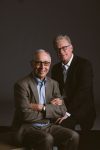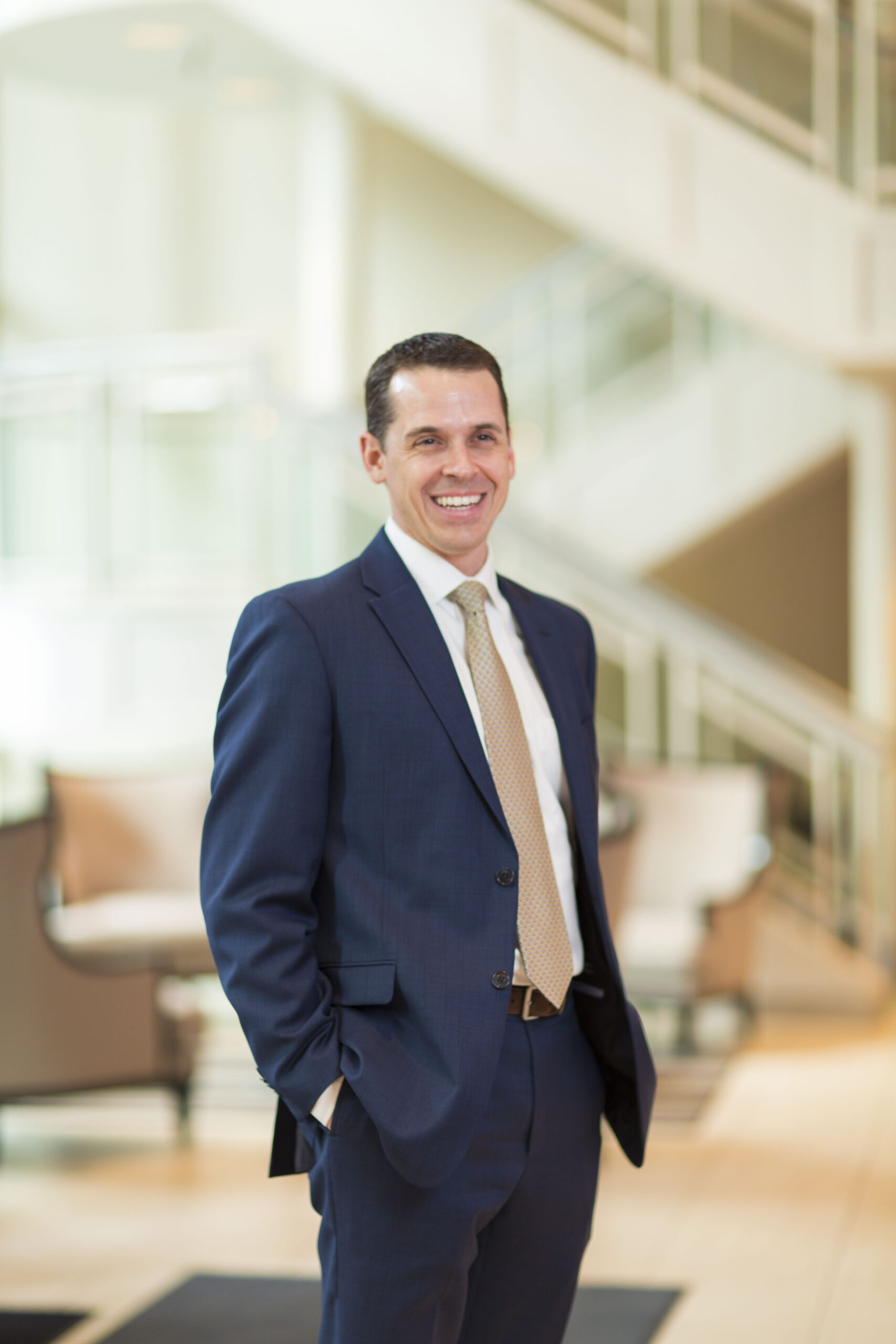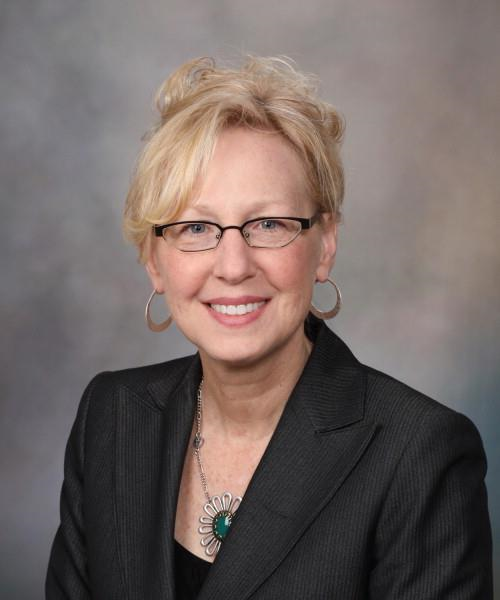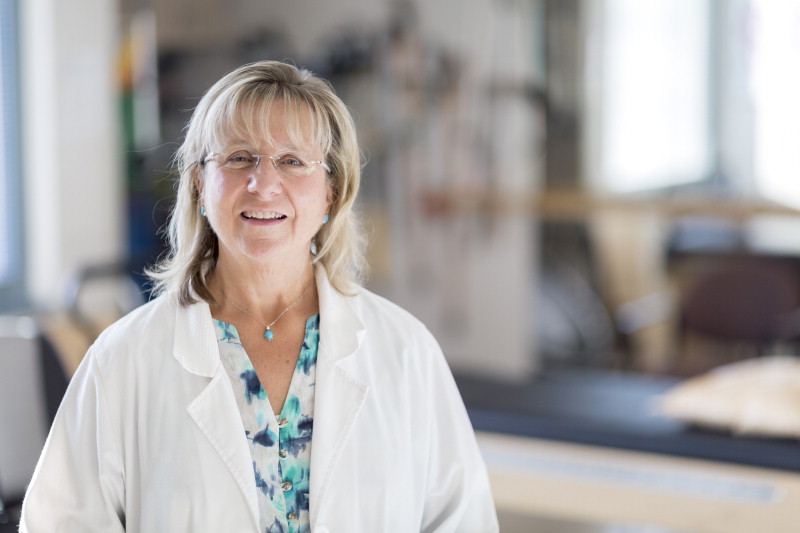Kevin Seisler
Kevin Seisler hit the right notes with half of his college major. Seisler, who plays the violin and earned a bachelor’s in music education, realized before graduation that a career in music wasn’t for him. Education, however, was indeed his calling
— but in an entirely different field. And he has his parents to thank for helping him discover it.
After graduating from Augustana College in Sioux Falls, South Dakota, Seisler moved home. That’s when his parents, both with medical backgrounds themselves, made a suggestion. “They told me about a new radiography program that was starting at Mayo,” Seisler says.
Seisler was curious. He visited Mayo Clinic to learn about the program. “It looked pretty interesting,” Seisler says. “And working with people appealed to me.” He was accepted into the Mayo Clinic School of Health Sciences (MCSHS) Radiography Program in 1982.
“Being part of the inaugural class was a lot of fun,” he says. “It was an exciting venture for the department. Everyone had a stake in the program.”
Seisler soon had a stake in the program as well. After working at Mayo Clinic for two years as a radiologic technologist, he started teaching skeletal imaging to MCSHS radiography students. The following year, he was hired as the young program’s first full-time clinical instructor.
“It was definitely a challenge,” Seisler admits. “I had to develop everything.” That included clinical objectives, competency forms and evaluation procedures similar to those still used today. Seisler’s responsibilities grew, and in 1992, he was named assistant director of the Radiography Program.
While working on the program’s administrative side, Seisler continued to teach. And teach. And teach. He’s taught more than 2,000 hours in the Radiography Program. But his classroom contributions didn’t
end there. He also taught courses for technologists, physician assistants, and respiratory and physical therapy students, and developed the first new employee orientation program for radiology employees. (That education degree came in handy after all.)
In 2003, Seisler took on a new challenge as education coordinator for allied health staff in the Department of Radiology. One of his signature contributions is the establishment of the annual allied health symposium for technologists and nurses. Over the past 13 years, the symposium has provided more than 90 hours of continuing education for attendees.
“Staff really like it,” Seisler says of the event, which takes place one Saturday each spring. “It’s one big event just for them.” He’s also produced more than 70 online continuing education modules, accessible to Mayo Clinic technologists working in Arizona, Florida and Minnesota as well as throughout Mayo Clinic Health System.
Seisler has a hand in recruiting technologists to the field. For years, he’s spoken to student groups touring Mayo Clinic. And he’s taken his show on the road as well, visiting high schools and colleges throughout the Midwest. “Typically, the kids are like I was at their age and don’t know anything about the field,” he says. So he gives them a crash course, bringing in bells and whistles (in the form of X-ray tubes and interesting images). “It’s pretty cool to think I could spark something for them.”
A few years ago, Seisler started the Imaging Careers and Networking (ICAN) Scholarship Program. It is a week-long camp that brings minority students to Mayo Clinic to learn about radiology.
“It’s a way to increase diversity in the field,” he says, noting that he’s seen a number of participants return to attend the University of Minnesota Rochester — one of the Radiography Program’s affiliated academic institutions — following high school graduation.
Seisler’s contributions stretch beyond Mayo Clinic. He served as education chair for two Minnesota Society of Radiologic Technologists meetings, chaired the group’s annual meeting and served as the organization’s president and chairman of the board.
Seisler says receiving the alumni award has provided an opportunity to step back and reflect on his career. Instead of developing musicians, Seisler has directed technologists. Hearing he’s made an impact on that group is music to his ears. “This recognition is confirmation of what I’ve been doing for the past 33 years,” he says. “It’s truly an honor.”
Eugene Anderson
Gene Anderson’s professional life could be divided into two chapters. Both are focused on service and worthy of recognition.
The first chapter begins right after Anderson’s graduation from the Physical Therapy Program at Mayo Clinic School of Health Sciences (MCSHS). It was 1969, and like many young men of his generation, Anderson was drafted into military service. “I was blessed to help people coming back from Vietnam,” Anderson says of his two-year stint in the Army Medical Service Corps at Martin Army Hospital in Fort Benning, Georgia.
After completing his service, the Nebraska native became a southern transplant. “I fell in love with the Ozarks,” he says. He established a private physical therapy practice with two other MCSHS grads in northwest Arkansas, working primarily with patients recovering from orthopedic surgeries.
Anderson also supervised physical therapy students doing clinical rotations. He served his profession, too, holding several positions within the Arkansas Physical Therapy Association, including president. And he was tapped by then-Gov. Bill Clinton for a position on the Arkansas State Board of Physical Therapy.
“I didn’t want to be someone who worked
from 8 to 5 and went home,” Anderson says of his extracurricular activities. “I wanted to give back.”
“Giving back” could well be the title of the second chapter of Anderson’s career. Since retiring in 2005, he has devoted himself to service.
“After I retired I was seeking guidance for what to do with the rest of my life,” Anderson says. “I believe that God calls us to service.”
He’s answered that call in many ways. Anderson has been active with a number of
local nonprofits, including a community clinic that provides free and low-cost medical care to underserved patients. He spends half a day each week providing physical therapy to patients who would otherwise not receive care.
“The clinic serves a great need for people
who do not have health insurance,” Anderson says, adding that the thanks he receives from his grateful patients — often in the form of hugs — “is worth more than anything else I’ve done in the past 48 years.”
But that’s hardly Anderson’s only contribution to the greater good. He’s also part of two Springdale, Arkansas, Rotary Club projects that help young people. The group distributes dictionaries to every third grader in the Springdale school district, a project Anderson chaired for several years. That meant coordinating the purchase and distribution of some 2,000 dictionaries each year. “Lots of these kids do not have a book in their house,” he says. “It’s very rewarding to change that.”
He’s also a presenter for the Rotary Club’s Choices Program, which brings professionals
into eighth-grade classrooms. “We talk about
the impact the choices they make today can have on the rest of their lives,” Anderson says. “We encourage them to make good choices and talk about the importance of education.”
Anderson has served on the board of the Arkansas Single Parent Scholarship Fund. He’s deeply committed to the organization’s mission
to enable single parents to attain self-sufficiency through post-secondary education. “Not only is a parent getting an education, but they’re also setting an example for their kids,” he says. “I’ve witnessed so many heartwarming stories through this program.”
Most recently, Anderson has gotten involved in Stephen Ministry. The program trains laypeople to minister to members of their congregations. Anderson has been matched with two older gentleman with physical challenges and visits with each once a week. “They’re lonely,” he says. “So I go to them and just listen.”
At age 72, Anderson says he is happy to help wherever he can. His avocation for service early in his career has become his retirement vocation. “It’s work I plan to continue for a long time,” he says.





